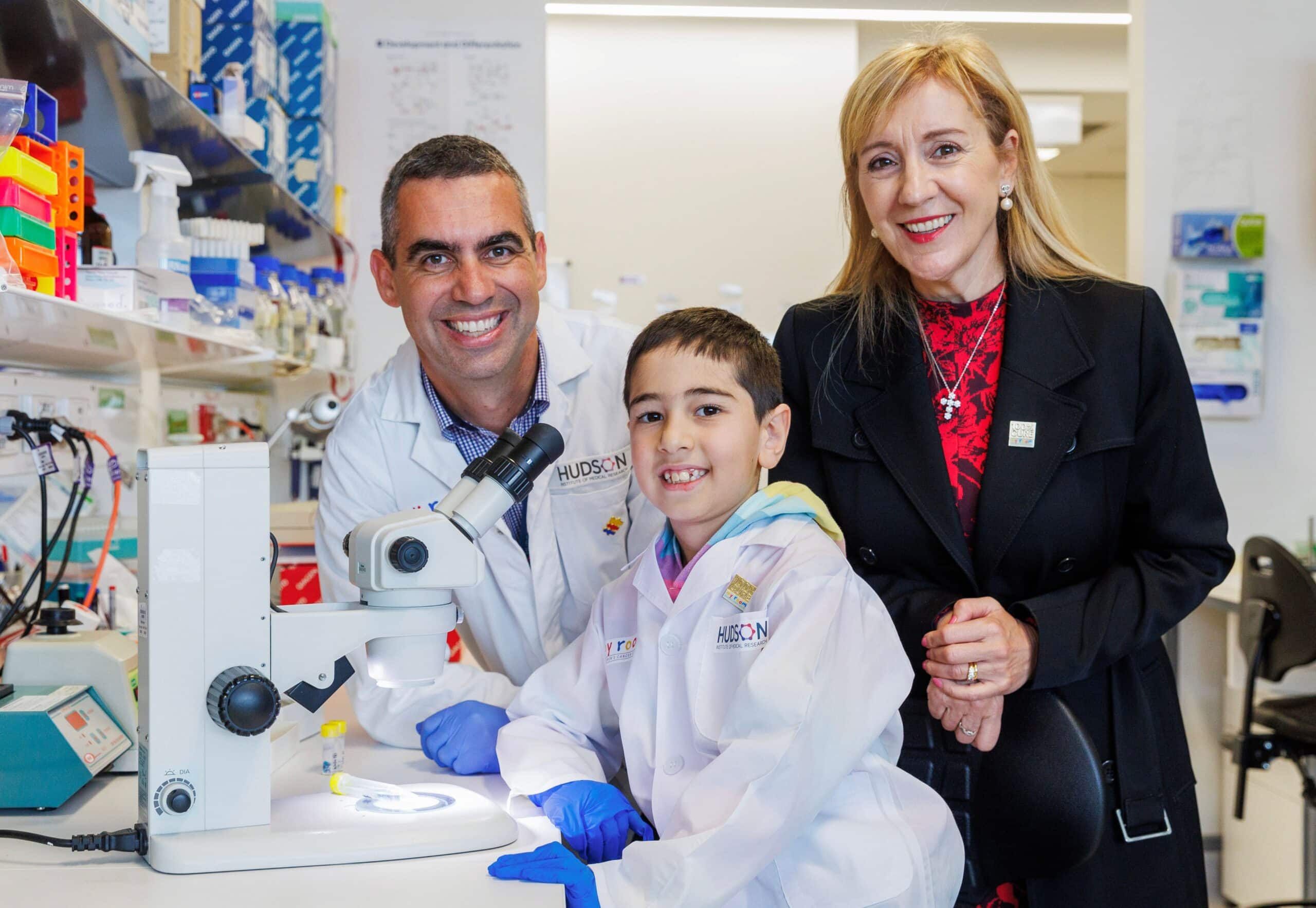A second Omicron wave of COVID-19 sweeping the nation has already outstripped the peak recorded in January, a national online surveillance system for tracking respiratory symptoms has revealed.
FluTracking, which has been operating for 15 years across Australia, uses data from members of the public to help determine the onset of influenza and other respiratory illnesses to better understand the burden and severity of the diseases.
Public health clinician, researcher and Conjoint Associate Professor with the University of Newcastle Dr Craig Dalton, who developed the FluTracking program, said the current Omicron wave fuelled by the BA.2 sub-variant was already far bigger than January’s peak – caused by the BA.1 type.
“Laboratory data shows that other respiratory virus infections are either low or stable and that the Omicron BA.2 variant is rapidly replacing BA.1, hence this current surge in illness can be attributed to the increased transmissibility of the BA.2 variant,” he said.
Dr Dalton said the new peak was particularly impacting school children aged five to 17 years of age.
“This age group is experiencing rates of illness we typically see in the midst of a winter influenza epidemic. Just over one in every 25 school-aged children reported cough and fever last week and there were more with milder illness,” Dr Dalton said.
“This was expected with a return to school but has been supercharged by the BA.2 Omicron variant. It appears to be seeking out and finding every last susceptible person.”
In the long term, Dr Dalton said COVID-19 would either disappear or become part of the microbiological furniture. Most influenza pandemics of the last 100 years or so became milder ‘seasonal flu’ in the post-pandemic years. One, the Asian Influenza pandemic of 1957, simply disappeared.
Dr Dalton has proposed we could face a potential Black Swan event, in which this coronavirus continues to surprise and continues to produce highly virulent variants.
He said Flutracking data had demonstrated influenza was easier to control than previously thought. Moving forward, many of the measures such as mask wearing, staying at home when ill and hand hygiene could potentially moderate the annual influenza season.
FluTracking has been expanded to New Zealand, Hong Kong and will launch in Argentina this week.
After completing a weekly survey that takes 20 seconds, participants receive a weekly report on respiratory disease and a link to a map showing the latest hotspots. Anyone can join at www.flutracking.net
HMRI is a partnership between the University of Newcastle, Hunter New England Health and the community.








